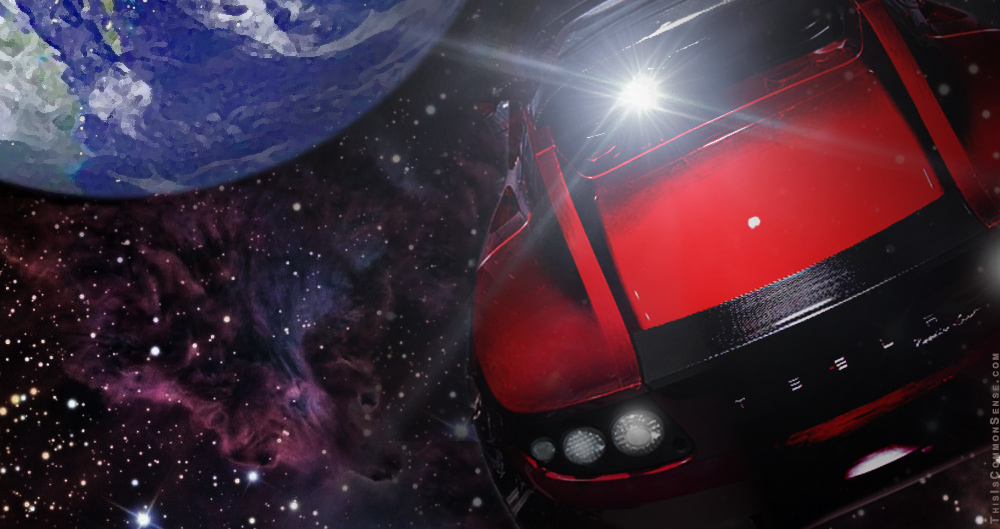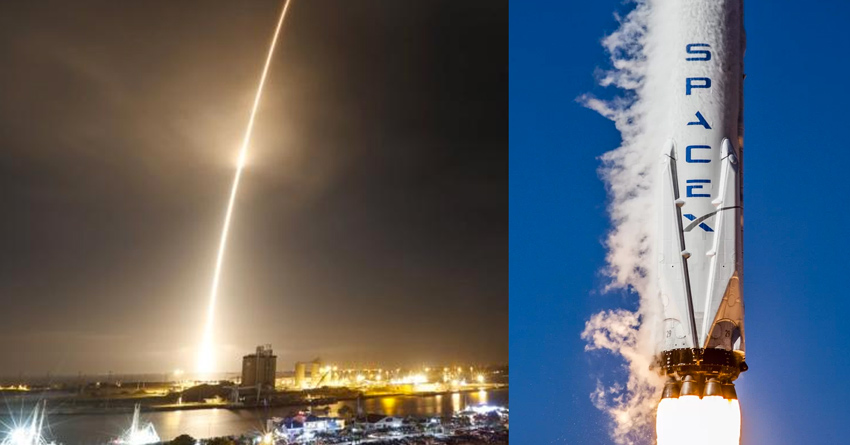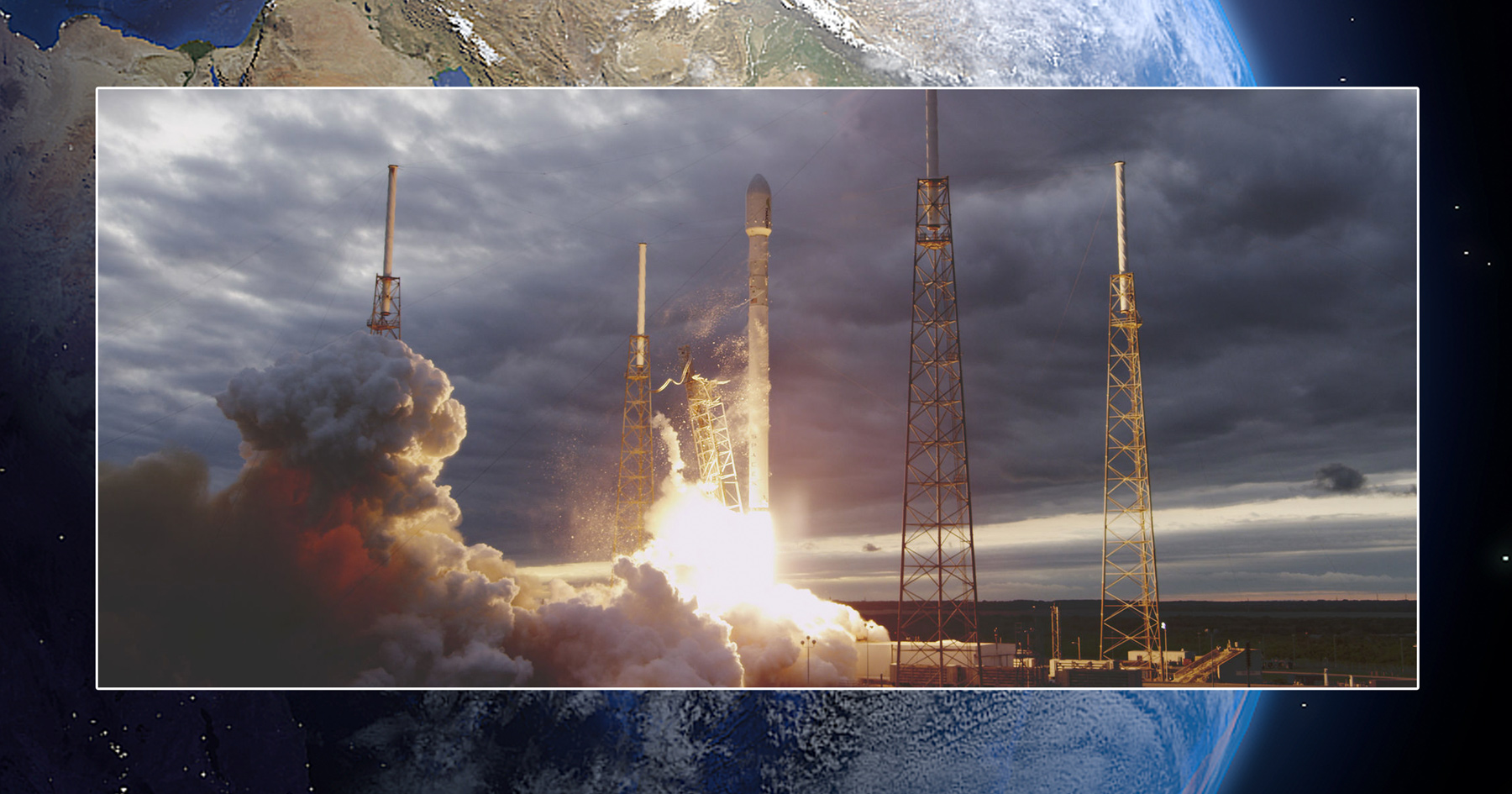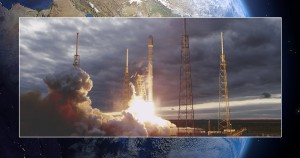It’s been nine years since NASA launched astronauts into space, but the agency is scheduled to break that dry spell today.
This time it’s different, though, for the space agency has sub-contracted out the rocketry and launch control to SpaceX, Elon Musk’s aerospace company. “Only three countries have launched humans — Russia, the U.S. and China in that order — making SpaceX’s attempt all the more impressive,” NBC News reports.
Doug Hurley and Bob Behnken are the American astronauts slated to go into orbit in SpaceX’s Crew Dragon capsule sitting atop a Falcon 9 rocket. They are headed to the International Space Station, where only one American, Chris Cassidy, now works . . . and he got there courtesy of the Russians, launching rockets out of Kazakhstan.
The future of space travel depends on private enterprise, but moving from nation-state efforts has been slow. Even now, the relationship between NASA and SpaceX is . . . a big government/big business partnership.
Of which we have ample reason to be skeptical.
Elon Musk has been in the news, recently, even more so than usual. You have probably heard about he and his wife’s baby naming issue, or his “red pill moment” on Twitter.
And Musk’s true color probably is red, as in the Red Planet, Mars. He wants to get there.
He is not alone. India has an unmanned probe orbiting Mars right now, and, like China, has plans to get there as well.
Ever since astronomers Giovanni Virginio Schiaparelli and Percival Lowell claimed to have espied “canali” on the Red Planet, our imaginations have been on overdrive. From Edgar Rice Burroughs novels to obsessions about The Face, our thoughts have leaned to the alien.
Human exploration and colonization? Not alien at all.
This is Common Sense. I’m Paul Jacob.
—
See all recent commentary
(simplified and organized)






